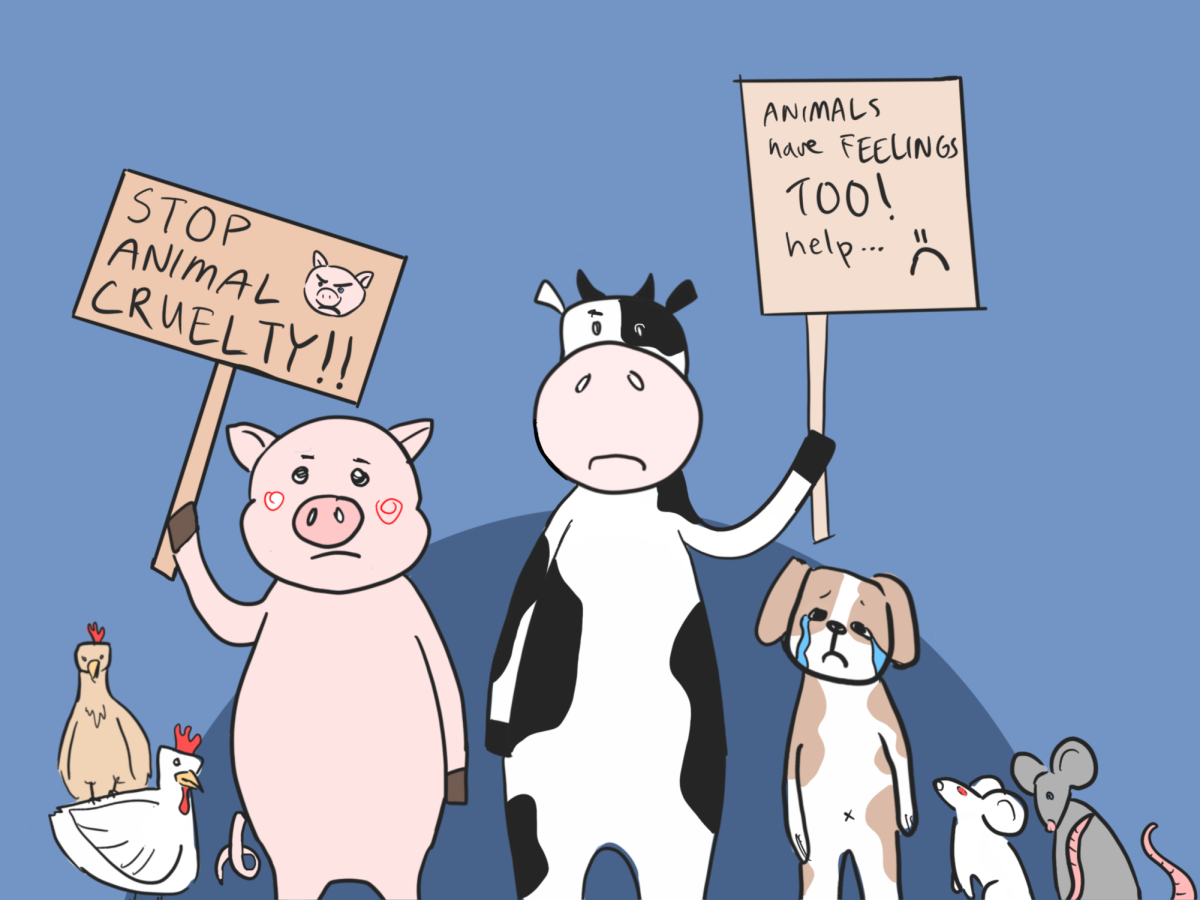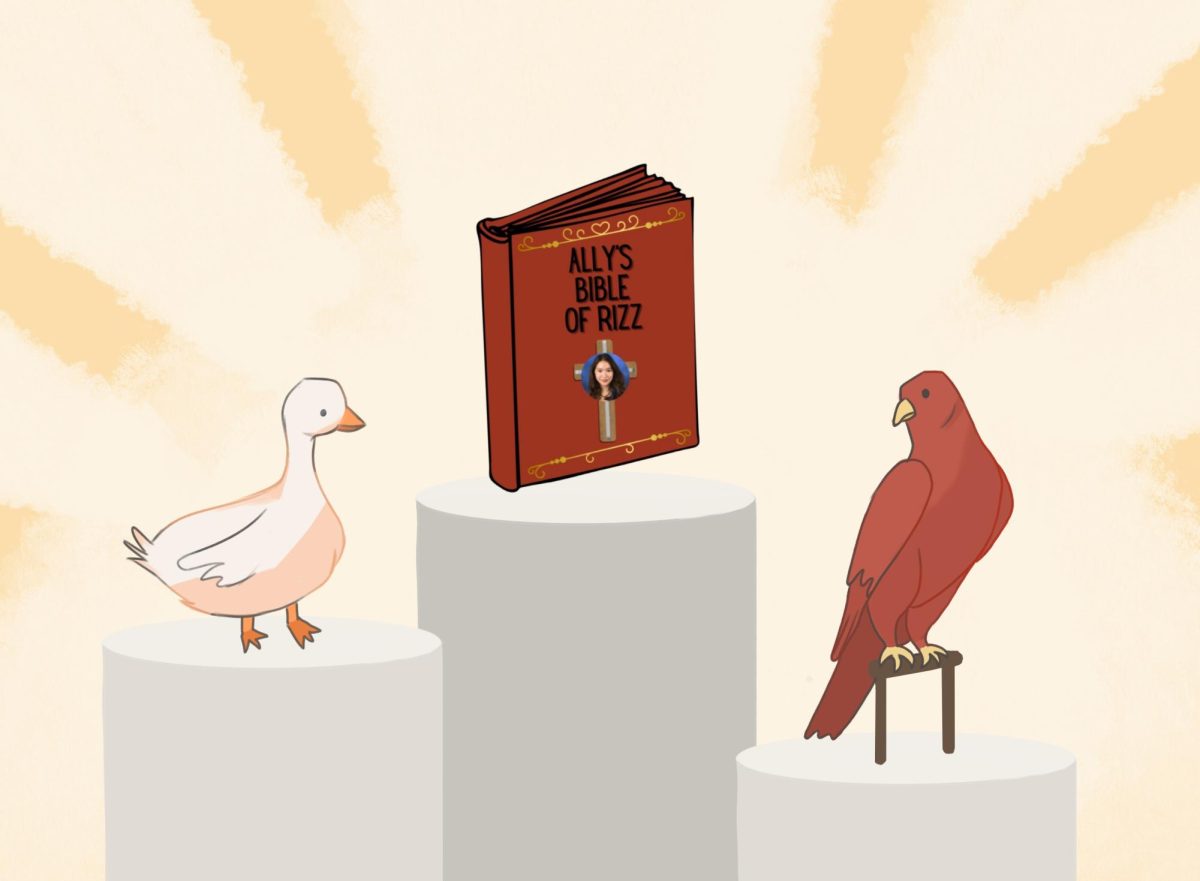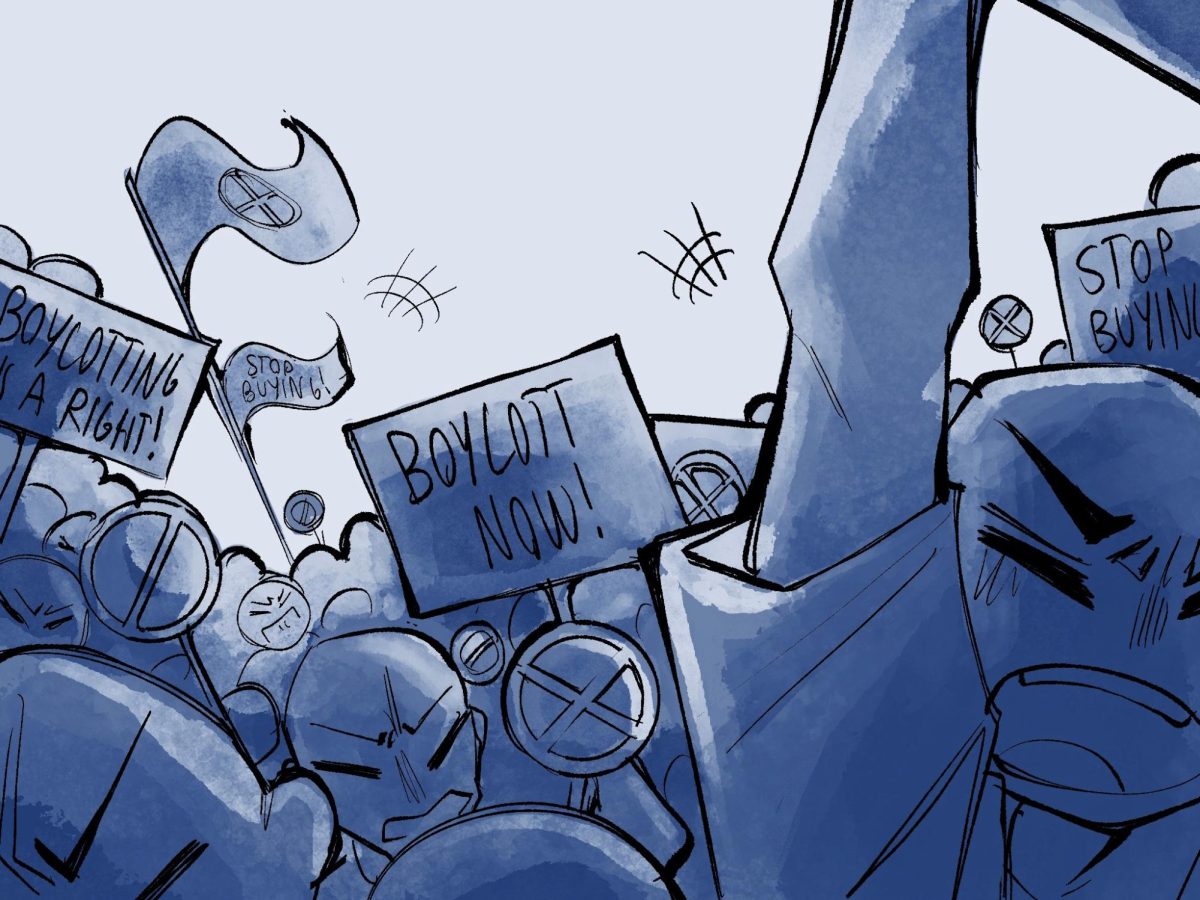Over the past decade, there has been a significant increase in the number of calls for boycotts for different reasons and stemming from various groups. These have ranged from boycotting Coca-Cola, IKEA and Starbucks to even whole events such as the Qatar World Cup and Beijing Winter Olympics, both in 2022.
People today are much more familiar with the idea of the boycotting movement than in the past, which is beneficial if the efforts are reasonable and nondestructive. However, there are many factors in modern society that make boycotting less successful than in the past. The major downside of flailing boycotts are inconveniences for customers, such as difficulty accessing stores, and difficulty for workers to do their jobs and earn money.
In the past, stores and companies that were much more localized and depended on a smaller customer base. Therefore, if a company’s reputation was even slightly tarnished, it could run them out of business. Yet today, thanks to globalization, even if people in one country decide to start a large-scale boycotting movement, that company still has significant international revenue opportunities
One example of a diversified market mitigating the impact of a boycott was H&M in China. In 2021, H&M faced backlash in China after expressing concerns about forced labor in Xinjiang. Many Chinese consumers started to call for boycotting H&M, which led to the company’s products being removed from major Chinese e-commerce platforms. Despite the boycott effort almost wrecking H&M’s sales and reputation in the Chinese market, the company’s global presence unlimitedly helped H&M to continue to thrive in other markets like Europe and the U.S.
Another reason boycotts are less effective today is the internet-driven economy, which not only makes the spreading of information easier but also contains many mixed opinions and voices. This way, even if there’s a solid enough reason to call for a boycott, there will almost always be opposing voices and customers loyal enough to stick with a product no matter what protesters say.
A good example of this has occurred with Chick-Fil-A, which has been subject to a boycott attempt from 2012 to present. The fast food business faced calls for a boycott after its then CEO, Dan T. Cathy, expressed opposition to same-sex marriage. While equal-rights groups and other advocates protested vociferously, others continued to support the company based on a different set of values. Despite the controversy, Chick-fil-A’s sales continued to grow, which highlights how divided public opinion and loyal customer base can dilute the impact of a boycott. In some ways, a boycott can boomerang on itself and end up helping the company’s bottom line.
A third reason boycotts often fail is that almost all globalized companies and brands, from clothing to technology, have some alternative streams of income — the most obvious and major one being the stock market. Even when boycotting does successfully cause a drop in sales, other sources of income for these companies will fill the void.
The unsuccessful call for canceling Nike after its collaboration with Colin Kaepernick in 2018 is a perfect real-life case explaining dip in sales is not detrimental to major companies at all. When Nike featured Kaepernick, who kneels during the national anthem, in their advertisement campaign, there were calls from conservatives for a boycott. While some customers, mostly seniors, boycotted Nike products, Nike’s stock price rose significantly after the campaign due to strong investor confidence and target audience response, showing that a company’s market performance can be bolstered by sources beyond just product sales.
Additionally, many reputable companies are often owned by a mother company. Therefore, even if the sales in one division are impacted by a boycott, the size of the large groups easily balances out the losses in the short term. While multiple businesses are being tied together in a mother company, it is so much harder to actually see some effect a public boycott can cause on these giants.
Lastly, a fundamental issue with rallying attention for a boycott efforts are fast news cycles and consumers’ short attention spans. News outlets nor the general public keep their eyes on one thing that is no longer “trendy” and has had no virtual impact after some time has passed. News reports that bring in new information everyday quickly dilute the information the public gets. If a boycotting movement can’t get something done in a short time to gain big attention at the get-go, it’s almost guaranteed that it will likely not succeed over the long term.
Because of the unavoidable factors in today’s society stated above, starting an impactful boycott is almost impossible. Therefore we must rethink how to push for social change. Rather than boycotting, consumers who are upset at a company’s behavior should consider alternative and more constructive actions. For example, direct engagement with the company’s public relations or executives can initiate a more productive and two-sided dialogue, instead of a one-sided one in boycotts. Publicizing the company’s wrongdoings through social media, investigative journalism, or collaborating with advocacy groups can also apply pressure while avoiding the widespread disruption boycotts cause.
Another key reason the public should be more mindful when starting boycotts is that their action can unintentionally harm workers by reducing their job security and cutting income due to less traffic. Similarly, loyal customers may also face unfair judgment and damage to their reputations, especially if a company is associated with political or social controversies, even though the buyer only enjoys their product.
Additionally, customers lose access to products they rely on, which can cause unneeded inconvenience if there aren’t readily available alternatives. These unintended consequences explain why modern efforts should focus on fostering constructive dialogue with companies to start change instead of pursuing boycotts that may no longer prove to be effective in the long run.






























Alan • Sep 9, 2024 at 8:31 pm
Nice article!